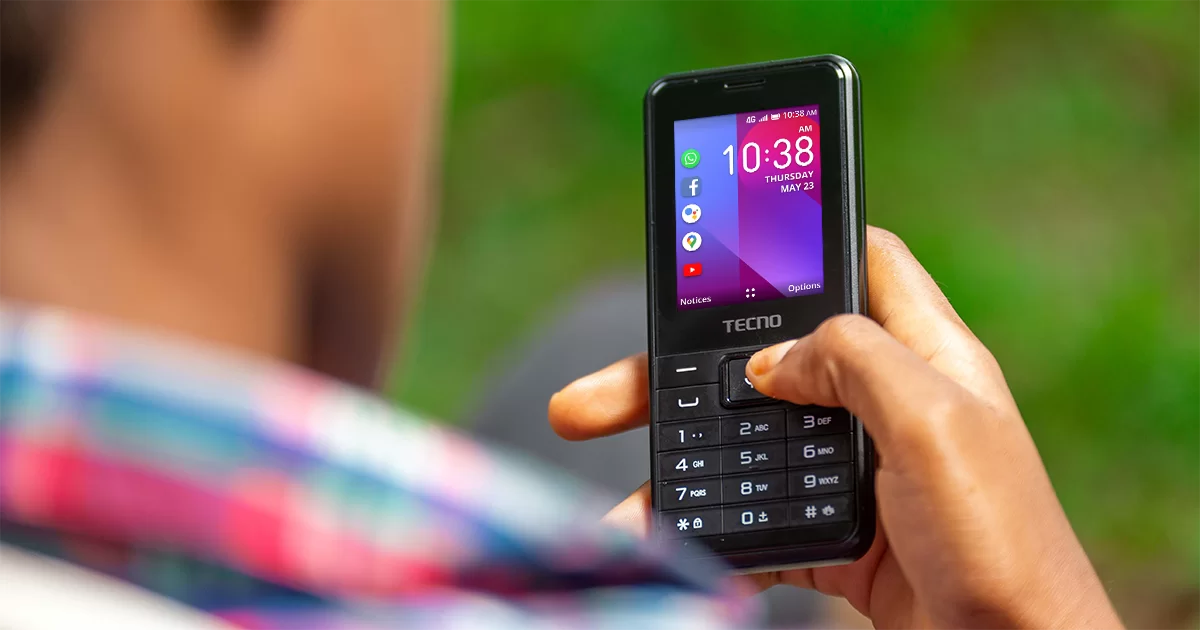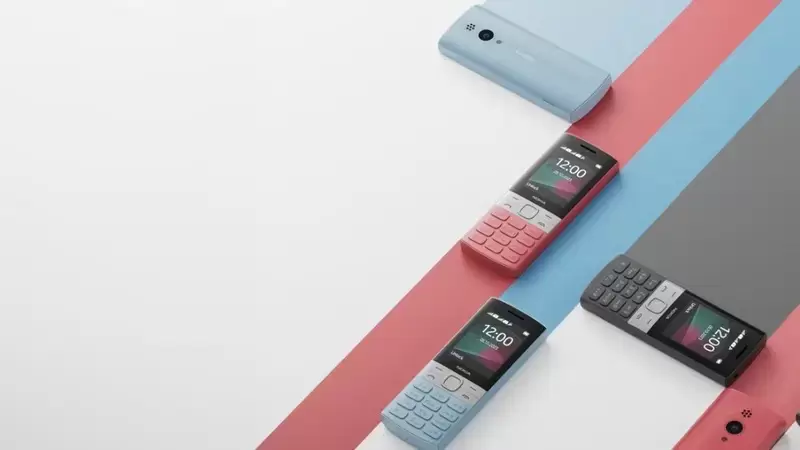Nokia has taken a notable step by reissuing their feature phones, popularly known as dumb phones, which include the Nokia 130 and Nokia 150 models. This development, as reported by Gizmochina, prompts curiosity about the motivations behind Nokia’s decision.
The term “dumb phone” encompasses devices that lack the advanced functionalities found in smartphones. These devices are incapable of running a variety of applications, possess simpler cameras, and offer limited connectivity options.
Interestingly, this isn’t the first instance of these phones resurfacing. The Nokia 130 made its debut in 2014 and later made a comeback in 2017. Similarly, the Nokia 150 entered the market in 2016 and underwent a reissue in 2020.
Despite the fast-paced evolution of smartphones throughout these years, Nokia has chosen to re-release these feature phones, sparking inquiries into their rationale.
For reference, the Nokia 130 boasts specifications such as a 2.4-inch QVGA screen and a conventional T9 keyboard layout. With 4MB of RAM and an equal amount of storage capacity, it accommodates microSD cards up to 32GB.
Impressively, a substantial 1450mAh battery capacity—unusually significant for a feature phone—allows the device to persist in standby mode for up to 30 days. Additional features encompass an MP3 player, FM radio, IP52 protective rating, and a microUSB port.
Closely resembling the Nokia 130, the Nokia 150 introduces a modest addition: a 0.3MP VGA camera situated on the rear side. However, the full extent of the camera’s capabilities remains an intriguing aspect.
Deciphering Nokia’s Motivation for Sustaining Feature Phones/Dumb Phones
A pertinent query arises: What drives Nokia to persist in producing and introducing these devices?
The central rationale behind Nokia’s continuous release of feature phones is the enduring demand within a specific market segment that seeks these uncomplicated devices. Amidst the soaring popularity of smartphones, a distinct user group remains loyal to feature phones for various reasons.
So, who forms the primary audience for Nokia’s feature phones?
Primarily, these devices cater to remote regions and areas where internet connectivity remains a challenge. In locales where smartphones may lose relevance due to limited internet access, feature phones provide a pragmatic solution to communication needs.

Secondly, outdoor professionals engaged in dynamic vocations emerge as another significant user base. These individuals require devices with sturdy build quality and resilience, tailored to withstand rugged outdoor environments. Feature phones, thus, become the natural choice for such demanding conditions.
Furthermore, extended battery life stands as a compelling attribute of feature phones. Especially in regions with scarce access to charging facilities or electricity, users can rely on feature phones for prolonged connectivity.
Security also emerges as a pivotal consideration. Opting for feature phones reflects the concerns of certain users regarding smartphone vulnerabilities to malware and privacy breaches. Feature phones, with their simpler functionalities, tend to offer a reduced risk of exposure to such threats.
Beyond these practical factors, psychological well-being also finds a place in the discourse. Users often switch to feature phones as a conscious choice to curtail constant digital engagement. By reducing the temptation to engage with social media platforms incessantly, users can alleviate stress and dependence.
Lastly, the economic aspect shapes the decision-making process. Feature phones stand out for their affordability, serving as an attractive alternative for those seeking basic communication tools or backup devices.

